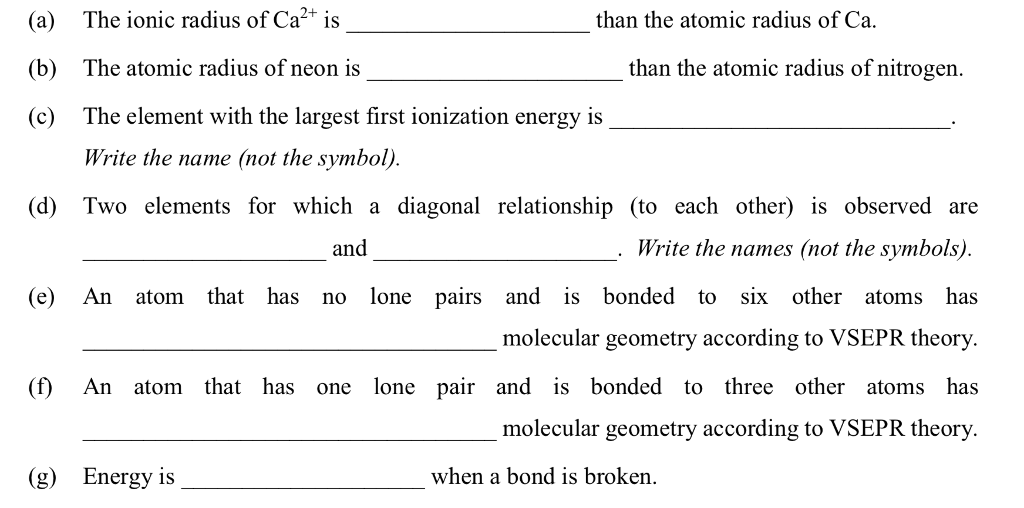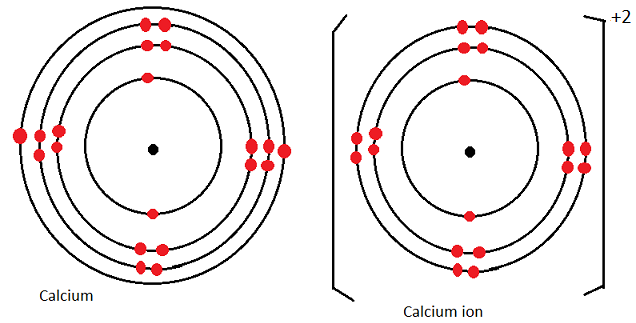

Other groups in the Periodic Table show changes between the last two elements, although not as substantial as those between cadmium and mercury. Thus, it is responsible for why mercury and its compounds are so different from zinc and cadmium to the point where zinc and cadmium are more similar to magnesium (Group 2) than mercury. 23 The lanthanoid contraction also has effects far beyond the lanthanoid series. An example relevant to corrosion inhibitors is that (cinn = cinnamate) can be isolated as both a 9- and a 7-coordinate complex. Cases are known of a structural break where a complex of the borderline element can be isolated in two forms. Structure/coordination number breaks can occur anywhere in the 15 elements (La-Lu), even between La and Ce.

22b,c Thus, one of the intriguing aspects of lanthanoid coordination chemistry is how complexes of a given ligand respond to the contraction. However, such changes are not inevitable as all 18-crown-6 complexes of LnCl 3 and Ln(NCS) 3 are 9-coordinate. For example, (thf = tetrahydrofuran) complexes decline in coordination number from 8 (Ln=La) to 6 (Ln=Lu). The lanthanoid contraction can have a major effect on coordination number/structure of rare earth complexes. The stability sequence associated with the lanthanoid contraction forms the basis for the separation of the lanthanoids by ion exchange or solvent extraction. Complexes of Y 3+ fit in according to the ionic radius of that element. A consequence of the contraction is that there is an increase in the stability of complexes with a particular ligand from La 3+ to Lu 3+. Yttrium is termed a heavy rare earth because of these similarities. Consequently, the chemistry of Y resembles that of the heavy lanthanoids and is associated with them in the mineral xenotime. The effect is so pronounced that with Ho 3+ and Er 3+, the ionic radius has decreased to that of Y 3+, the rare earth of the second transition metal series.

As the number of f electrons increases, there is an increase in the effective nuclear charge leading to a progressive reduction in the Ln 3+ size. It arises through inadequate screening of the nuclear charge by the f electrons. 20% from La 3+ to Lu 3+ ( Table 1.1, values for 8-coordination 18). Junk, in Rare Earth-Based Corrosion Inhibitors, 2014 1.2.2 The lanthanoid contraction The chemistry of rare earth metals, compounds, and corrosion inhibitors


 0 kommentar(er)
0 kommentar(er)
